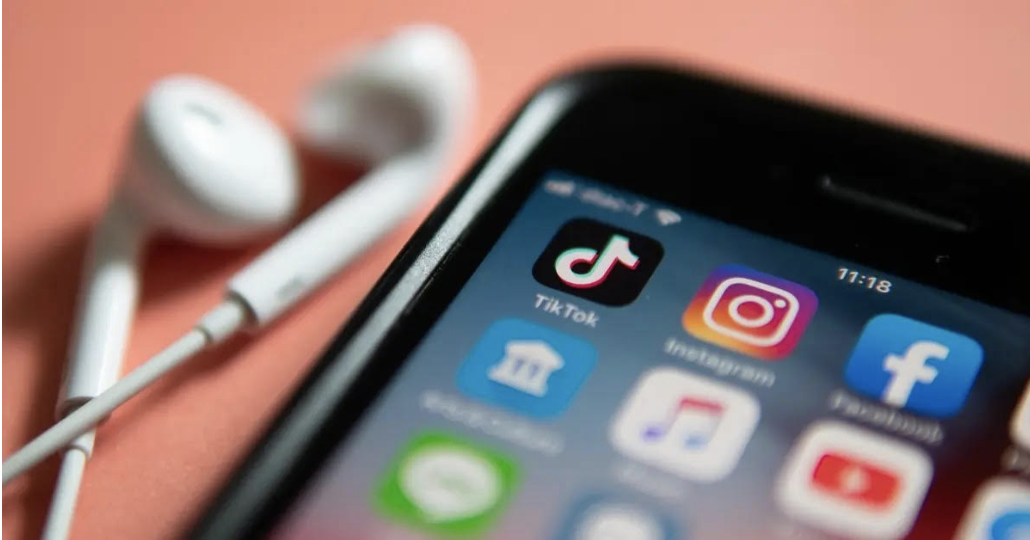By Chuyin Jin, Year 12
In today’s world, social media platforms have dominated the market for communication between individuals. From Myspace to TikTok, developers are actively improving their software to gain popularity amongst consumers. But not only do these social media platforms allow for more connectedness, they also provide an ever-growing source of entertainment. Today’s most prominent form of entertainment on social media is, undoubtedly, scrolling. It started with Vine, one of the first video-sharing platforms, and their 6-second looping video clips in 2013. The rise of TikTok in 2018 also led to the creation of even more scrolling platforms such as YouTube Shorts, Instagram Reels and Snapchat Spotlight. This raises the question: why do we like those short clips (so much that TikTok alone has amassed $66 billion in revenue)?
To learn more about the psychology behind it, we need first to understand the concept of “the infinite scroll.” Created in 2006 by Aza Raskin, it was implemented in JavaScript to avoid issues caused by pagination, the dividing of large amounts of content into groups, or pages. Providing a vast and never-ending amount of content for the user to consume, the infinite scroll greatly increased efficiency. At the start, the infinite scroll was made for a good cause, to improve consumer experience.
Yet this feature was abused by some creators who tend to the overwhelming amount of content on social media platforms, where scrolling is encouraged nonstop. Under the influence of “unit bias,” a heuristic or mental shortcut that is instinctive in most individuals, our innate desire to finish a task drives us to scroll and scroll to get to the “end” of the never-ending content. The power of unit bias is shown clearly in a study in which researchers set up a big bowl of candy on a table and told participants to use the given scoop to eat as much as they wished. When the researchers used a quarter-cup-sized spoon after using a tablespoon the day before, they found that consumption of candy increased significantly. People adjusted to the size of the scoop and ate much more candy as a result of the unit bias. This tendency towards unit bias directly applies to infinite scrolling. Because we think that the quantity we are given of anything is the “correct” amount, we attempt to complete it to feel satisfied. Of course, on social media platforms, this is designed to be impossible, which is why infinite scrolling can have addictive effects on our brains.
This unproductive and never-ending cycle we put ourselves through can further be explained by how our brain is wired. We are programmed to seek new stimuli, and the faster it comes, the better it is. We also seek predictable patterns so we refresh the page in hopes of a reward that we never actually get. Similar to other addictive behaviours such as gambling, drugs and alcohol, scrolling gives us a dopamine rush in our neurons’ synapses. And due to the speed with which we consume content, we often get minor dopamine “highs,” which encourage us to scroll more for a bigger “high.” Therefore, when we scroll through short clips on TikTok we find ourselves scrolling and wasting time like there is no tomorrow.
Social media programmers take advantage of this wiring of our brain by adapting their applications to the Hook Model. They first trigger (such as using notifications as an incentive to open social media), take action (upon the trigger, eg: actually opening the app), including a variable reward (the unpredictability of receiving interactions with your account, such as comments or tags) and finally use the investment time put in by the consumer (so that they feel the need to value their social media presence). This, together with the “infinite scroll,” lures users into consuming more and more content more and more frequently, adding to the addictive nature of social media.
To conclude, we scroll because of the way our brain works and how social media companies use it to their advantage. Unfortunately, most teenagers nowadays are stuck in this never-ending cycle of infinite scrolling. Although it is undeniable that social media platforms are a source of innovative interaction and communication, we must always keep in mind their negative effects and protect ourselves from the ensnaring features of social media such as the “infinite scroll.”



